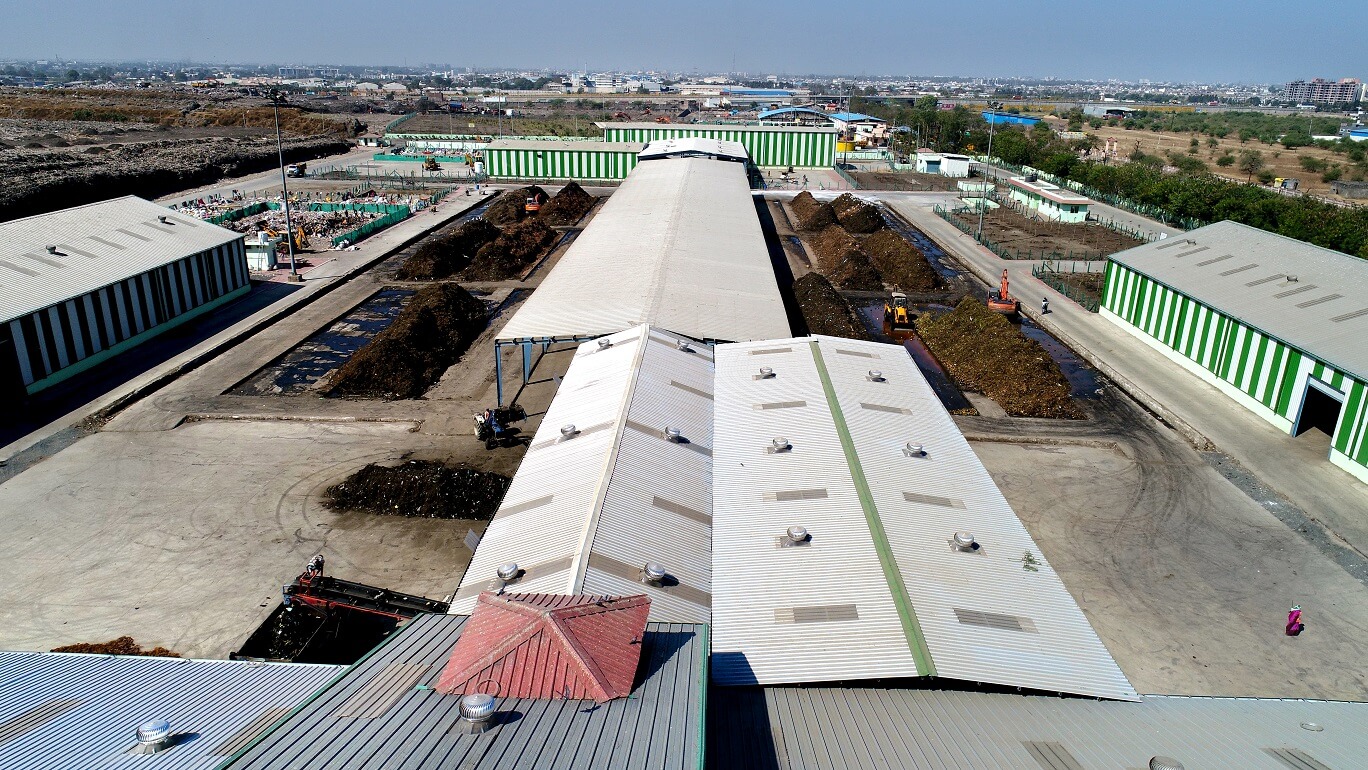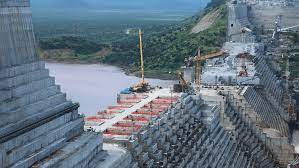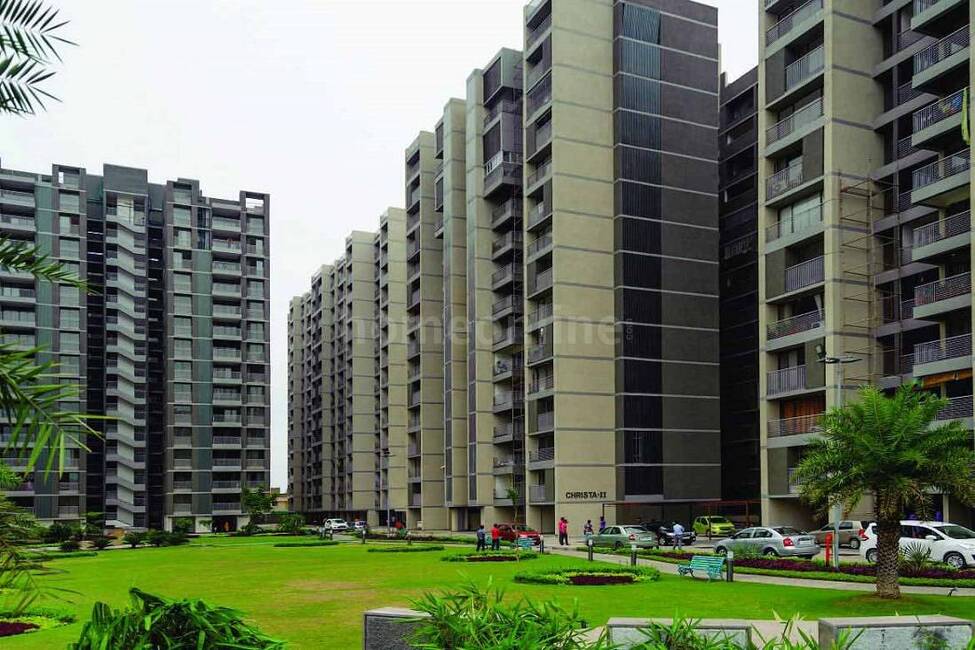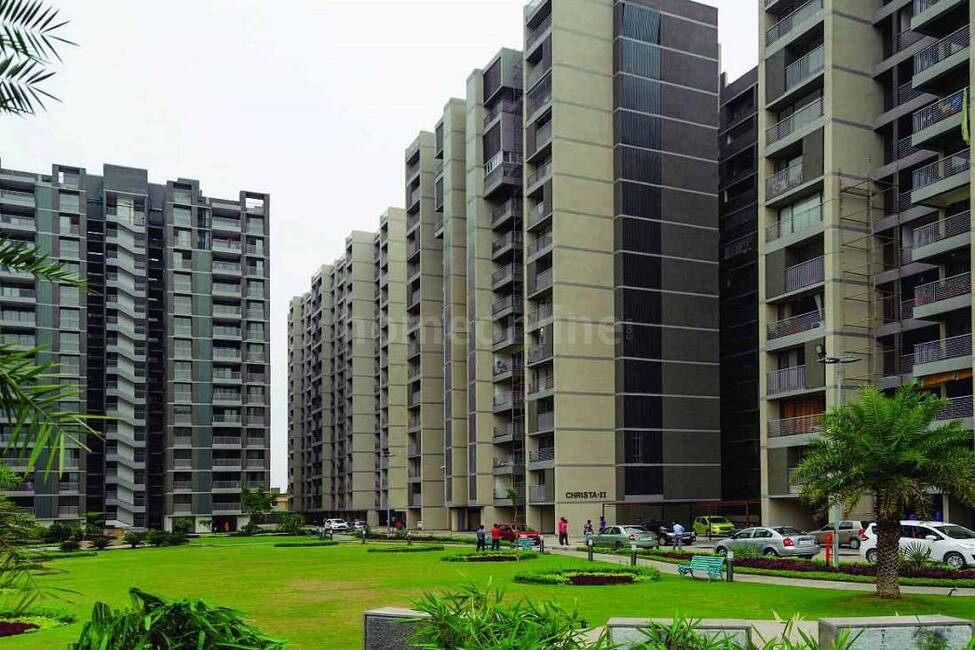About The Project
The logic[by whom?] on which many of the typical megaprojects are built is collective benefits; for example electricity for everybody (who can pay), road access (for those that have cars), etc. They may also serve as a means to open frontiers.[11] Megaprojects have been criticised for their top-down planning processes and their ill effects on certain communities. Large scale projects often advantage one group of people while disadvantaging another, for instance, the Three Gorges Dam in China, the largest hydroelectric project in the world,[12] required the displacement of 1.2 million farmers.[13][14] In the 1970s, the highway revolts in some Western nations saw urban activists opposing government plans to demolish buildings for freeway route construction, on the basis that such demolitions would unfairly disadvantage the urban working class and benefit commuters.[15] <
a href="https://en.wikipedia.org/wiki/Anti-nuclear_protests">Anti-nuclear protests against proposed nuclear power plants in the United States and Germany prevented developments due to environmental and social concerns.[citation needed]
More recently,[when?] new types of megaprojects have been identified that no longer follow the old models of being singular and monolithic in their purposes, but have become quite flexible and diverse, such as waterfront redevelopment schemes that seem to offer something to everybody.[clarification needed][citation needed] However, just like the old megaprojects, the new ones also foreclose "upon a wide variety of social practices, reproducing rather than resolving urban inequality and disenfranchisement".[16] Because of their plethora of land uses "these mega-projects inhibit the growth of oppositional and contestation practices".[16] The collective benefits that are often the underlying logic of a mega-project, are here reduced to an individualized form of public benefit.












